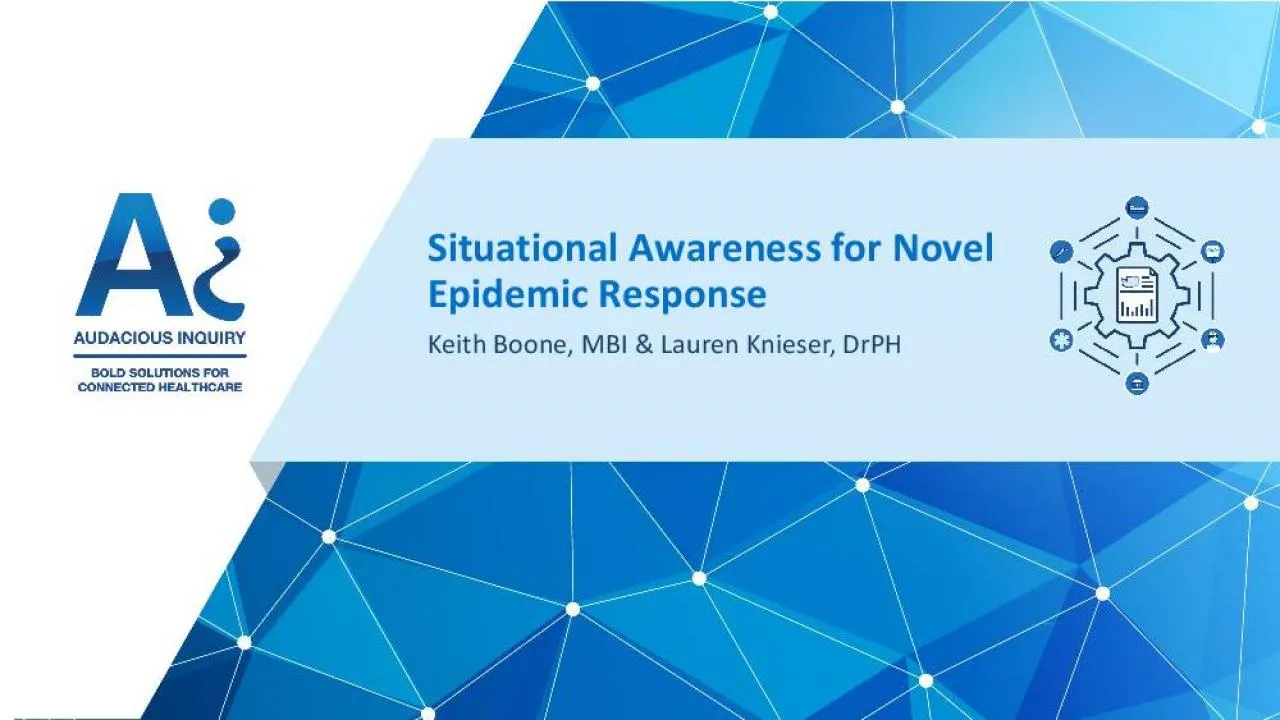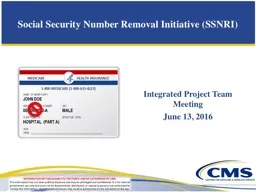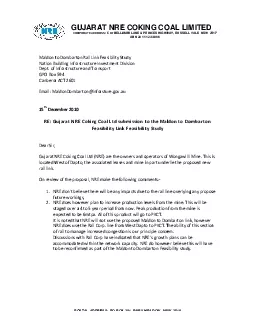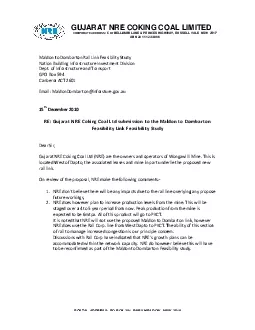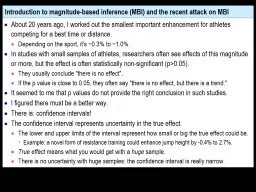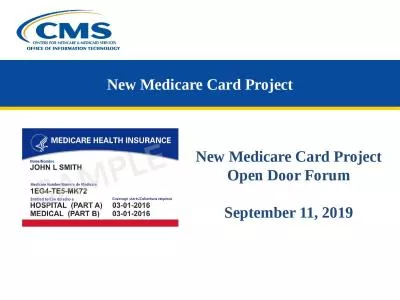PDF-Keith Boone MBI Lauren Knieser DrPHSituational Awareness for Novel Ep
Author : lauren | Published Date : 2021-10-04
BackgroundHospitals and public health authorities have limited visibility on health care capacity supply and available staffing across facilities Complicates patient
Presentation Embed Code
Download Presentation
Download Presentation The PPT/PDF document "Keith Boone MBI Lauren Knieser DrPHSitu..." is the property of its rightful owner. Permission is granted to download and print the materials on this website for personal, non-commercial use only, and to display it on your personal computer provided you do not modify the materials and that you retain all copyright notices contained in the materials. By downloading content from our website, you accept the terms of this agreement.
Keith Boone MBI Lauren Knieser DrPHSituational Awareness for Novel Ep: Transcript
Download Rules Of Document
"Keith Boone MBI Lauren Knieser DrPHSituational Awareness for Novel Ep"The content belongs to its owner. You may download and print it for personal use, without modification, and keep all copyright notices. By downloading, you agree to these terms.
Related Documents

